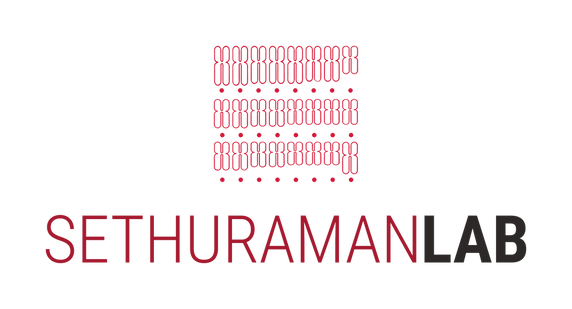 Figure 1. Locations where sturgeon tissue samples were collected from presumed captive (red) and wild (purple) populations. Captive populations included three coastal fish markets in Batumi, Poti, and Tskaltsminda one inland fish market in Tbilisi, and an aquaculture facility. Wild populations were sampled from the Black Sea, Rioni River, and the mouth of the Rioni River. Our new collaborative study that examines genomic evidence for the presence of protected white sterlet, beluga, and stellate sturgeon in fish markets in Tbilisi, Georgia, often hybridizing with locally farmed sturgeons, led by Tamar Beridze, a visiting scholar in the Sethuraman lab in Fall 2022 is now published in Diversity! Read here.
0 Comments
Your comment will be posted after it is approved.
Leave a Reply. |
Arun Sethuraman
|

 RSS Feed
RSS Feed